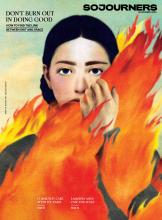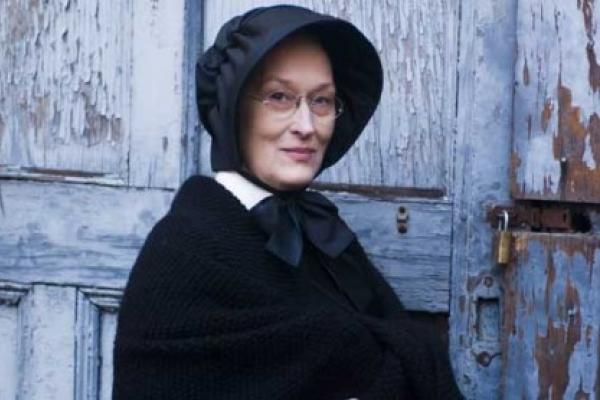Oct 17, 2013
From Julie Andrews’ performance as Maria in the 1965 film “The Sound of Music” to Meryl Streep’s portrayal of Sister Aloysius Beauvier in “Doubt” (2008), many Hollywood actresses are particularly conspicuous for their habits. But although habits or veils are thought to symbolize purity – and especially chastity — some films presented a more complicated portrait of nuns.
The title of Maureen Sabine’s new book, “Veiled Desires: Intimate Portrayals of Nuns in Postwar Anglo-American Film” (Fordham University Press), refers to the paradox of having charismatic and photogenic actresses playing chaste nuns and, in the process, drawing attention to the desires their habits were thought to stifle.
Read the Full Article

Already a subscriber? Login
